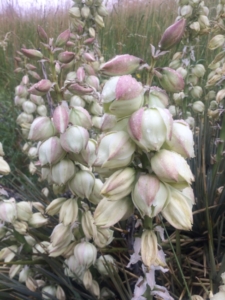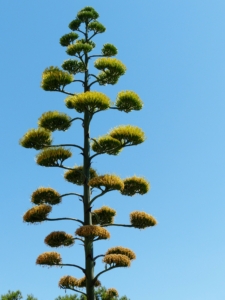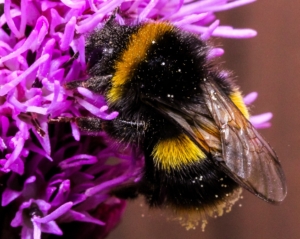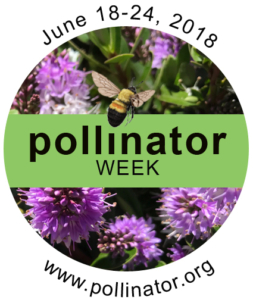Monarch Butterfly Migration
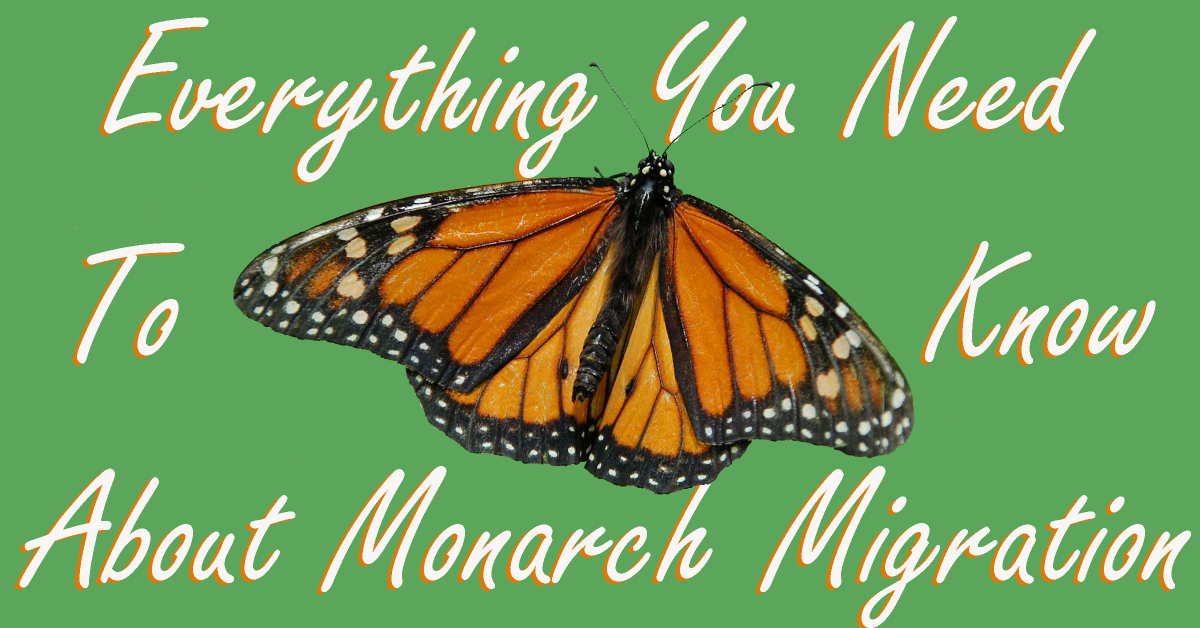
Butterfly Migration
by BBB Seed
Each fall, about this time in October, millions of Monarch butterflies begin the journey to their overwintering sites in Mexico and California. In the spring, the Monarch butterflies will then return to their breeding areas across America and as far as Eastern Canada. Four generations of monarch butterflies will be born and die by the time this journey is complete.
In February and March, the butterflies come out of hibernation and begin looking for a mate. These butterflies will then begin to migrate north and east looking for a place to lay their eggs. This begins the first generation. Eggs are laid on milkweed plants in March and April. These eggs will hatch into baby caterpillars that will then feed for about two weeks before beginning metamorphosis. After completing metamorphosis the monarch butterfly emerges and enjoys its short lifespan of about two to six weeks. Before dying the butterfly lays eggs for the second generation. This second generation is born in May and June and the third in July and August. Both of these generations will go through the same life cycle as the first generation. The fourth generation of Monarch butterflies is born in September and October and will go through the same process as the first three generations except for this generation of butterflies will live 6-8 months making the migration journey to the warmer climates of Mexico or California.
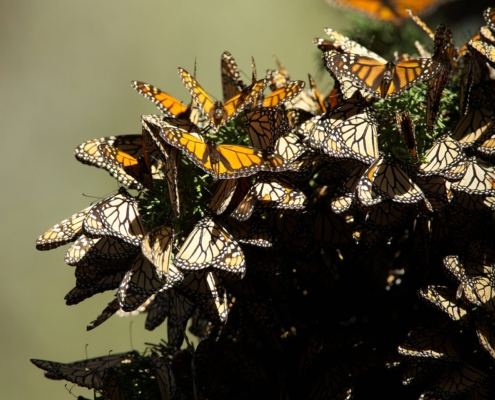
photo courtesy of pixabya – skeeze
Monarch butterflies living east of the Rocky Mountains will overwinter in Mexico in oyamel fir trees. The Monarchs living west of the Rockies will overwinter in eucalyptus trees in and around Pacific Grove, California. It wasn’t until 1975 that we discovered these overwintering sites. The Monarch Butterfly Biosphere Reserve is a World Heritage Site that contains most of the overwintering sites for the eastern Monarch population.
Monarch butterflies migrate for two reasons. The first is because the butterflies can’t withstand the freezing temperatures in the northern and central continental climates during winter. Secondly, their larval food source (milkweed) does not grow in their overwintering sites.
In recent years researchers have found the Monarch population numbers to be declining. Some reasons may include the loss of milkweed species needed for larval development, unintended effects of pesticide use and the loss of habitat in overwintering sites in both Mexico and California. Creating more Monarch habitat could help the declining populations. Planting milkweed species and other nectar-producing plants is a great place to start. Start by planting our Monarch Rescue Mix!
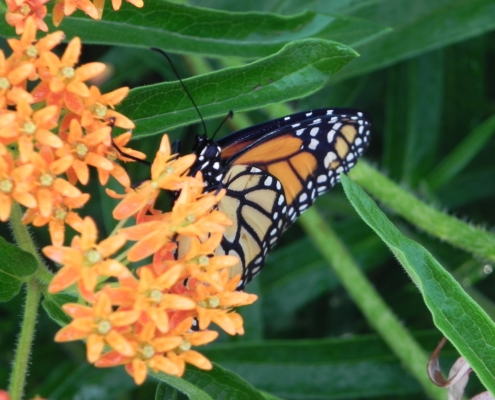
photo courtesy of pixabay – balloonimals
Sources: https://www.monarch-butterfly.com/monarch-migration.html,
https://en.wikipedia.org/wiki/Monarch_Butterfly_Biosphere_Reserve, http://pollinator.org/

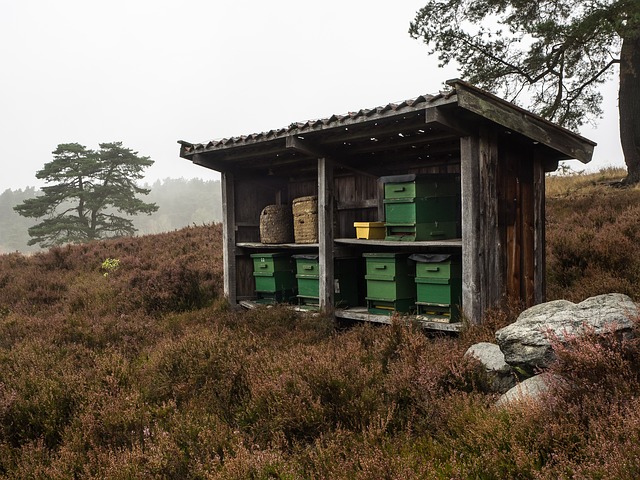

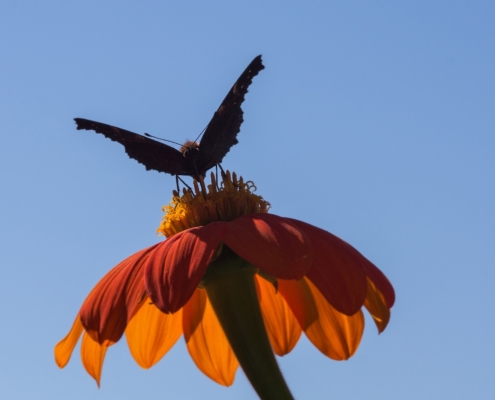


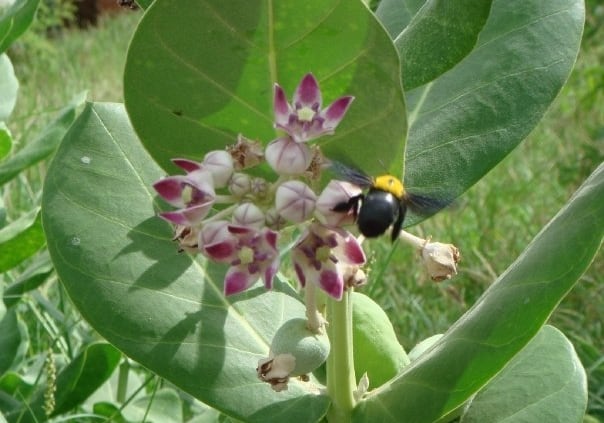
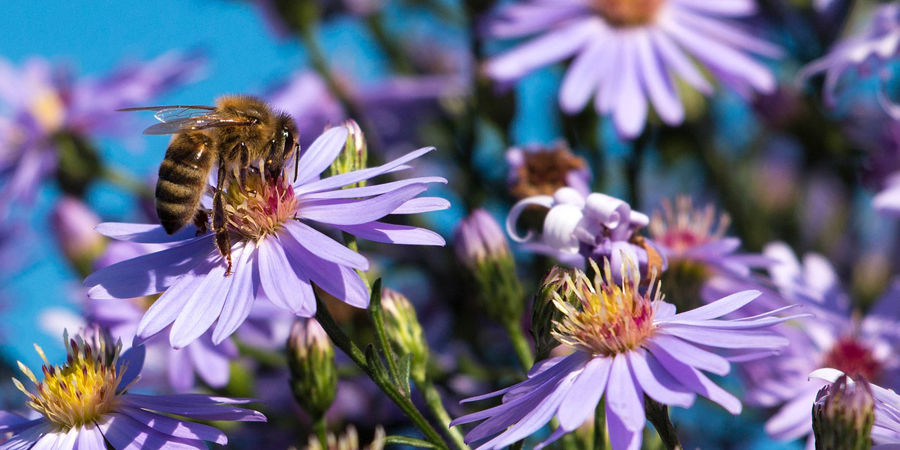

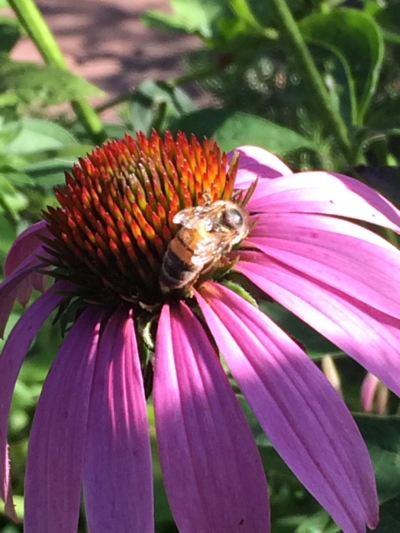
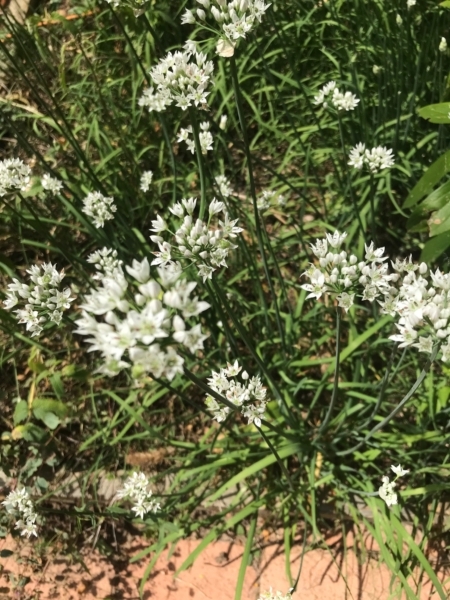
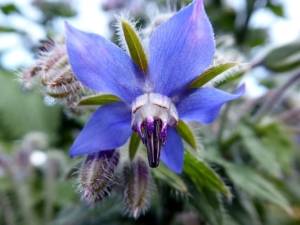

 important
important  Hummingbirds are found in several different habitats, including wooded and forested areas, grasslands and desert environments. They also occur at altitudes ranging up to 14,000 feet in the South American Andes Mountains.
Hummingbirds are found in several different habitats, including wooded and forested areas, grasslands and desert environments. They also occur at altitudes ranging up to 14,000 feet in the South American Andes Mountains. • Scarlet Monkeyflower (Mimulus spp.) • Texas Sage (Salvia coccinea) • Chuparosa • Ocotillo • Tree Tobacco (Nicotiana glauca) • Baja Fairy (Calliandra californica) • Bottlebrush • Desert Willow •
• Scarlet Monkeyflower (Mimulus spp.) • Texas Sage (Salvia coccinea) • Chuparosa • Ocotillo • Tree Tobacco (Nicotiana glauca) • Baja Fairy (Calliandra californica) • Bottlebrush • Desert Willow •


